Author: Jiaxing Li
As early as May this year, Changan Automobile announced that its subsidiary, Changan NIO New Energy Automobile, had been renamed as Avita Technology Co., Ltd. Avita Technology will operate independently and jointly develop intelligent electric-connected cars with Changan Automobile, Huawei, and CATL.
As the 2021 China Intelligence Fair officially kicks off, Changan Automobile is holding the “2021 Technology Ecosystem Conference” with the theme of “New Car, New Ecosystem”. On this occasion, Changan Automobile officially introduced the first high-end intelligent electric vehicle model of its subsidiary, Avita Technology, with the product codename E11.
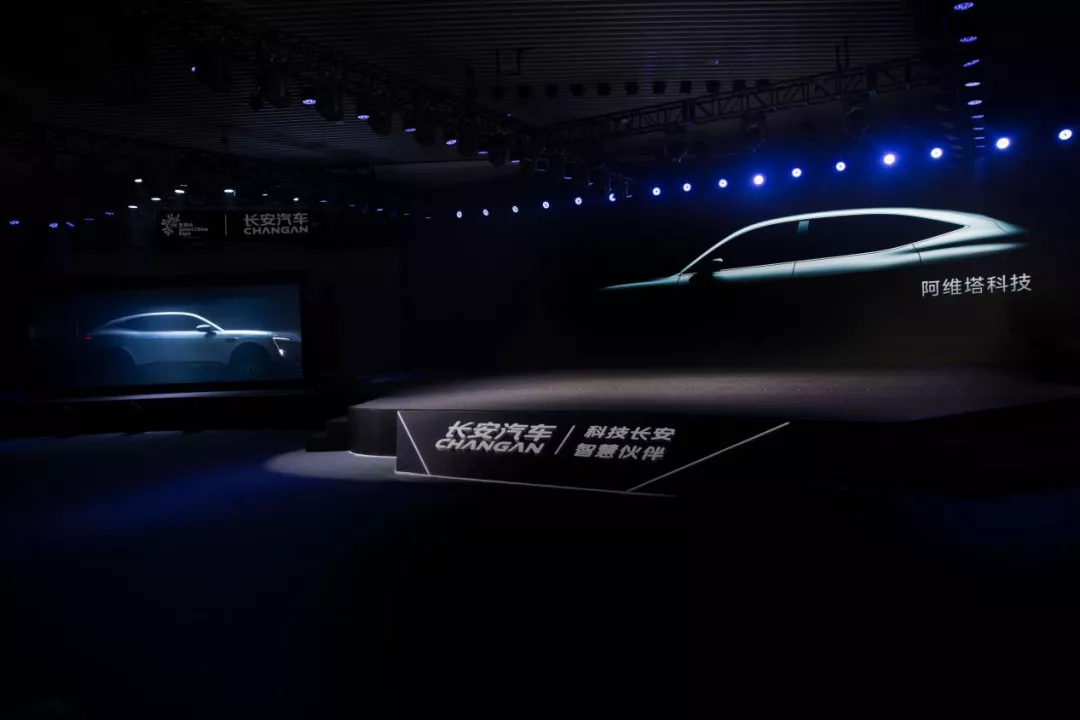
At present, creating high-end sub-brands to expand brand power as the mother body and form the ability of domestic brands to “compete” with joint ventures, imports, and even new forces in car-making is extremely beneficial whether it is for the current situation of independently developed car models in the market, or to help national brands achieve overtaking on a bend. The success of Geely’s sub-brand Geometry’s first car is an excellent example.
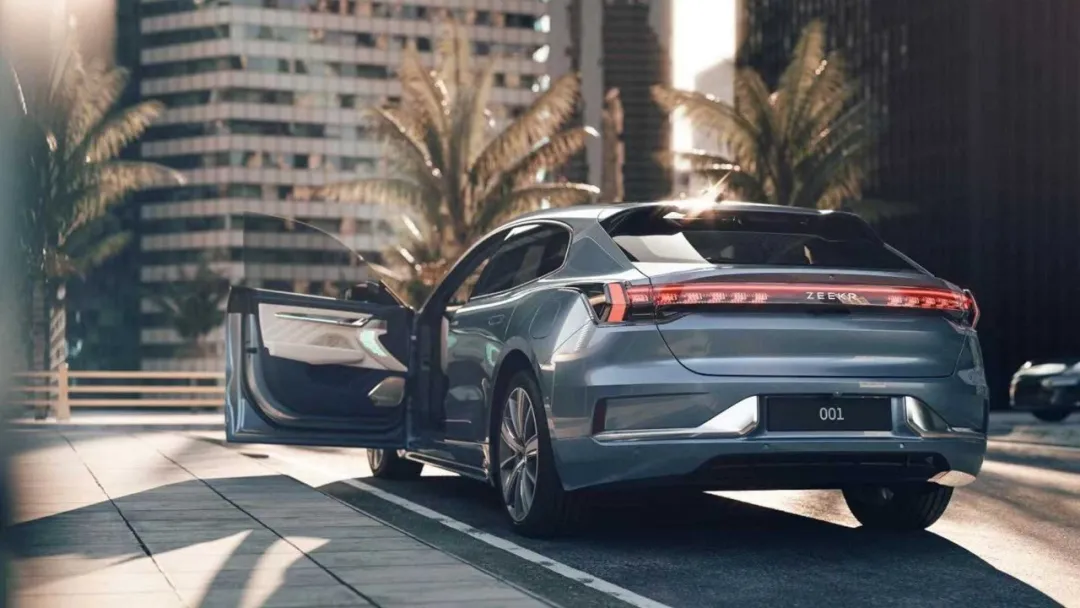
Just when I was ready to take a closer look at how Huawei’s HI (HUAWEI Intelligent Automotive Solution) full-stack intelligent car solution and CATL’s latest electrification technology can bring powerful capabilities to this E11 codenamed vehicle, the screen turned to Changan Automobile’s first dedicated electric vehicle platform’s C385 model.
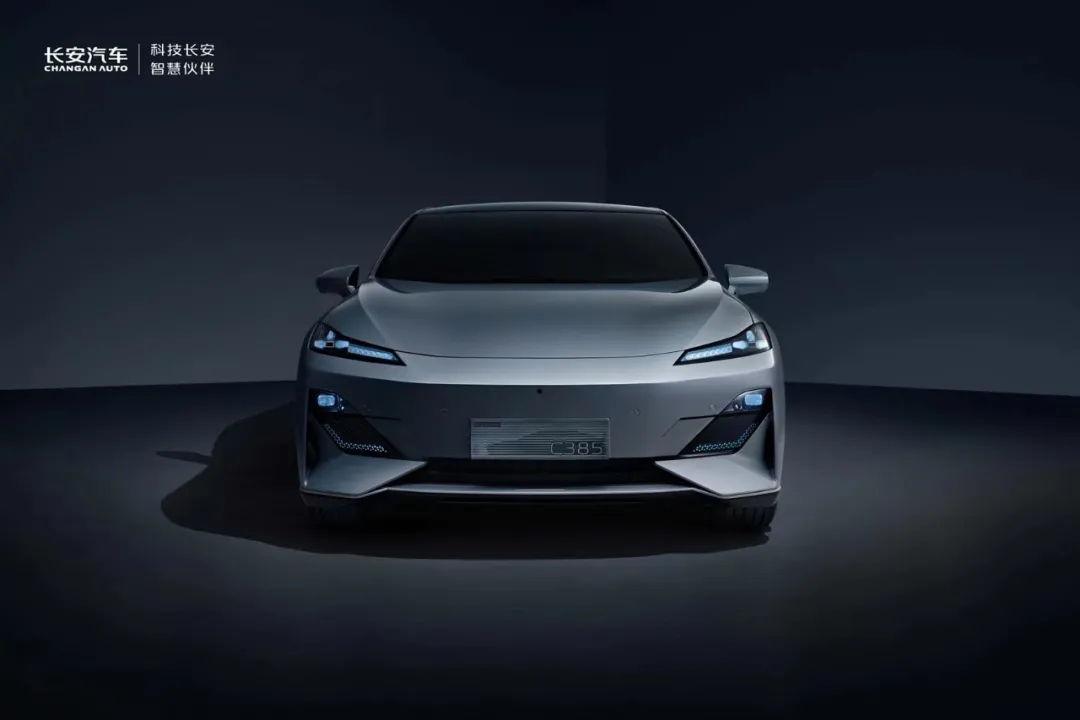
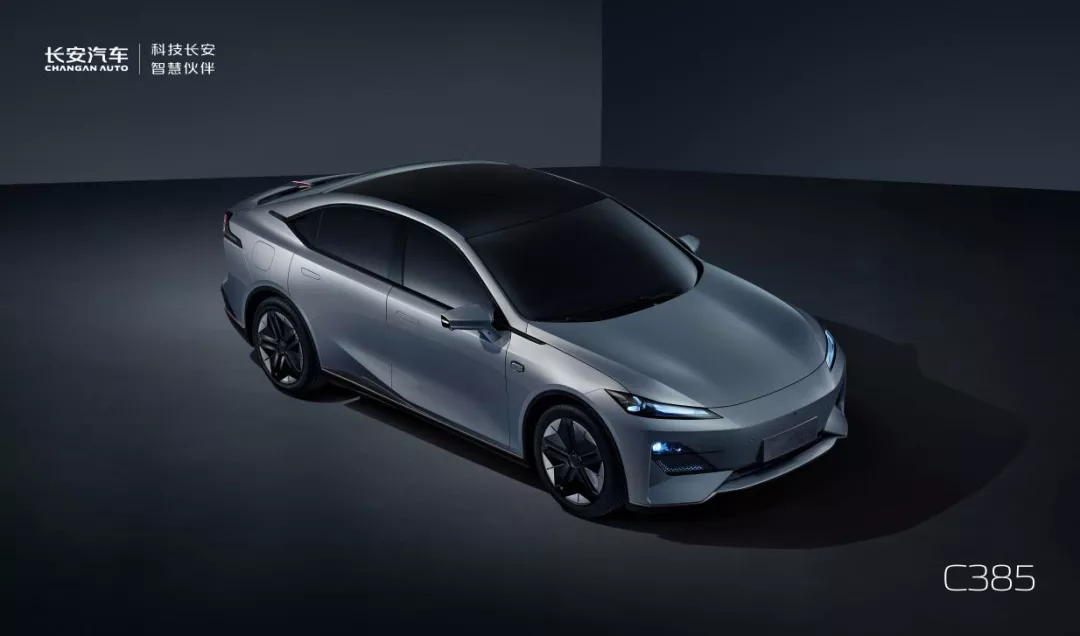
As a new energy vehicle model independently developed by Changan, the C385 model will be equipped with two key brand new technologies: “APA7.0 remote unmanned valet parking system” and “world’s first electric-driven high-frequency pulse heating technology”.
As an important strategy for Changan Automobile’s transformation towards electrification, “Shangri-La Plan” has been in existence for four years, from the initial product of retrofitting gasoline cars to electric vehicles, to the launch of a new dedicated electric platform, the introduction of the first strategic model and the integration of core proprietary technology. The arrival of C385 signifies that Changan Automobile has embarked on the right track towards electrification.
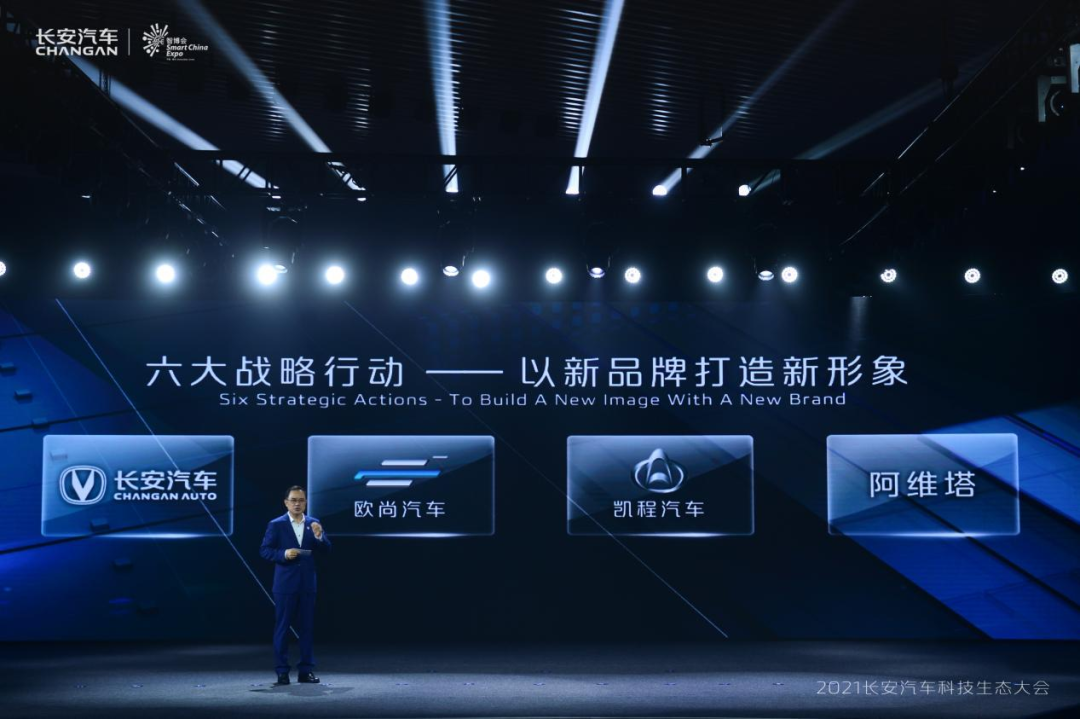 Why is Changan Automobile still “abandoning its soul” despite its slight progress in the electrification era?
Why is Changan Automobile still “abandoning its soul” despite its slight progress in the electrification era?
Choosing Huawei, Changan strives to “move forward quickly”
As a “veteran” independent Chinese car brand, Changan Automobile has already formed a populist and down-to-earth image in the hearts of consumers. Venturing into the high-end intelligent product market is an unprecedented challenge for Changan Automobile.
Changan Chairman Zhu Huarong declared at the ecological conference: “We must push the intelligent automobile revolution to the end.”
At the same time, Changan has put forth new brand goals:
- By 2025, new energy will account for 35% of the total;
- By 2030, new energy will account for 60% of the total;
- In order to achieve full coverage of intelligent vehicles, Changan will invest a total of 150 billion yuan in the entire industry chain over the next five years, construct a technological ecosystem for the technology company to accelerate the building of software and intelligent capabilities;
- By 2025, the proportion of intelligent software talents will reach 50%.
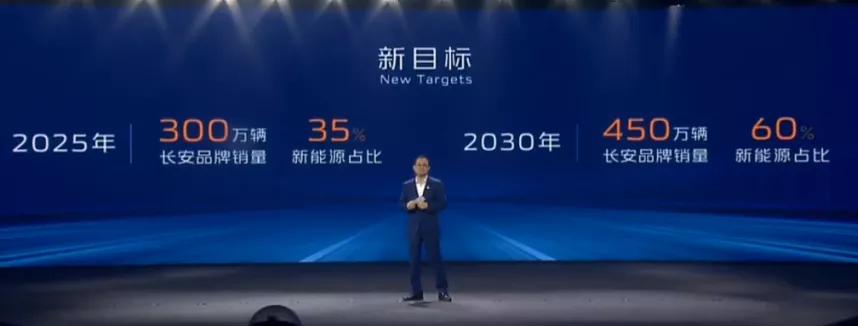
Despite Changan Automobile’s determination to achieve these goals, at present, gasoline vehicles still dominate Changan’s market, with new energy vehicle sales in the first half of the year amounting to only 37,000 vehicles. At the same time, Changan currently does not have a product that can enter the high-end pure electric market.
Therefore, in order to “catch up” and achieve the goals that it has set, Changan must rapidly expand the coverage of the electric car and high-end product markets, so that Changan Automobile can have the opportunity to “be equal to other independent brand leaders” or even “ascend.”
At the same time, using the branding power of suppliers to “create momentum” for themselves is also a good choice, thus resulting in the scenario where E11 and C385 were released together at the beginning of the article.
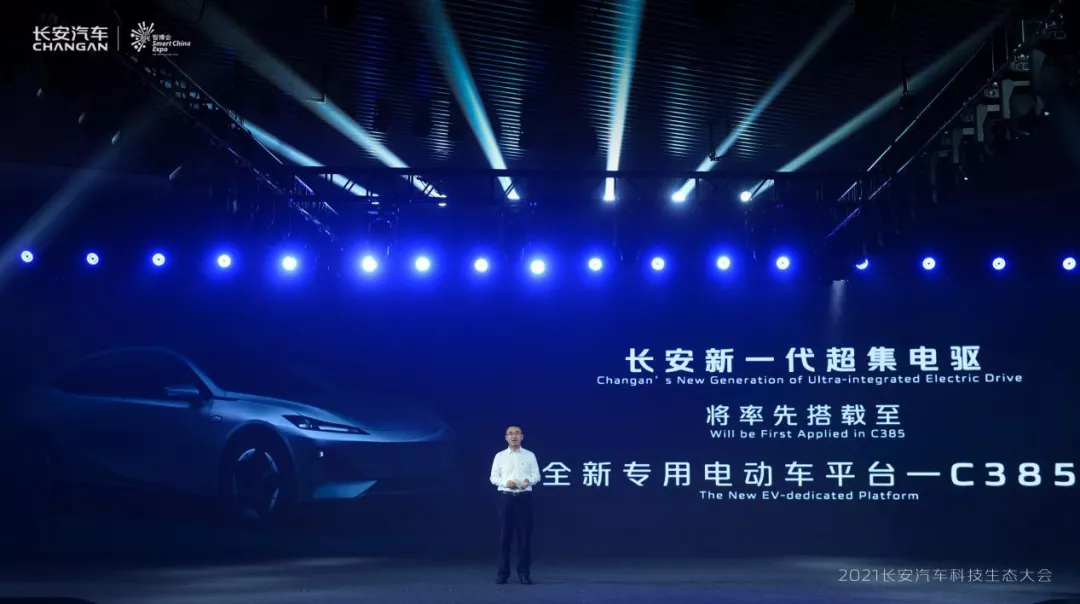
For Changan, continuing to expand within the traditional brands, creating high-end models would have a higher risk and would be difficult to obtain recognition from new consumers. The creation of sub-brands would also require more investment and longer landing cycles.
At this year’s Shanghai Auto Show, when facing the independent brands such as JiKe 001, Dongfeng University and even the release of the L4 level autonomous driving technology from NIO ET7 and Changan themselves, Changan realized that they no longer have time to experiment with their high-end products.
At this time, Changan urgently needs “technical transfusion” to cope with the rapid advancement of intelligent vehicles in the domestic market.Changan established a partnership with Huawei and Contemporary Amperex Technology (CATL), the two leading enterprises in the automotive industry, with each leveraging their respective advantages in vehicle integration, software technology, and battery fields to jointly create the CHN platform. By breaking through technical barriers through deep collaboration, they will speed up the development of high-end intelligent vehicles.
Learning to “Walk on Multiple Legs”
The choice between self-research and supplier cooperation has become a tricky issue in the automotive industry. Huawei’s intelligent automotive solution is currently the best option and opportunity for Changan. With Huawei’s three-electricity, a full set of intelligent driving systems, and Ningde Times’ empowerment in power batteries, E11’s product competitiveness in the independent brand market is undoubtedly outstanding.
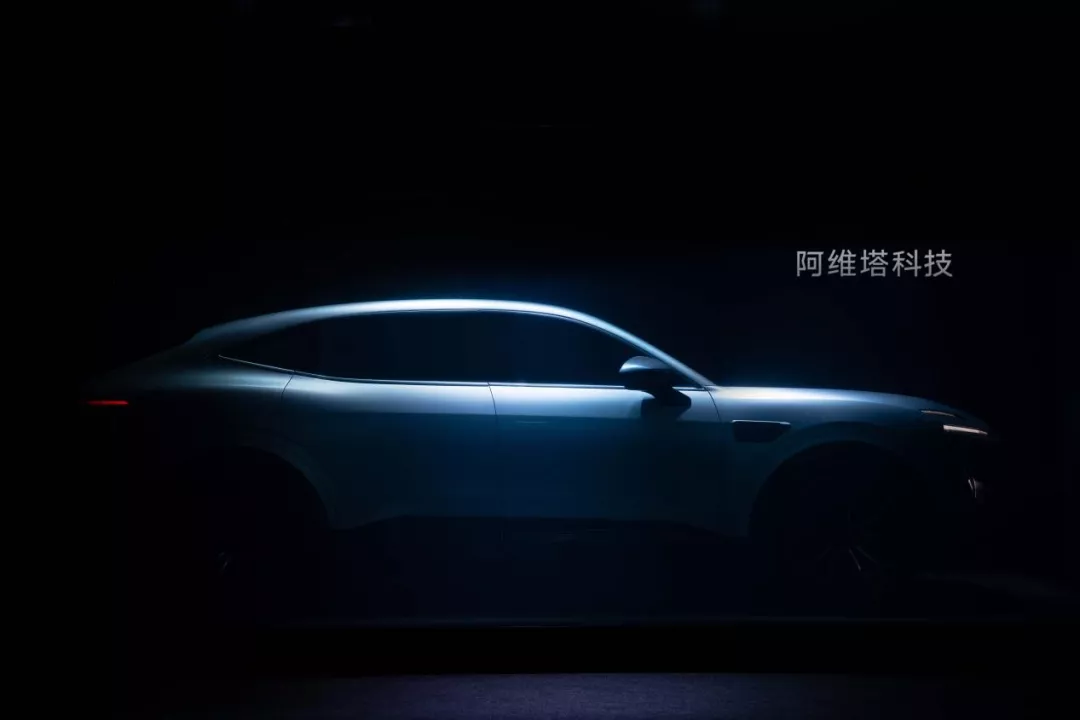
Fully utilizing the advantages of supplier cooperation can complement the “shortcomings” of the brand’s high-end products and help the brand expand its R&D and technical strength in intelligent vehicles. By “walking on multiple legs,” Changan can employ Huawei and Ningde to firmly establish the first high-end intelligent brand in the market, without the risk of multiple consumption like Geely geometry. Meanwhile, Changan can also maintain control of the brand’s soul.

Even though deep cooperation with suppliers is the optimal choice for Changan to quickly and efficiently address the shortage of high-end products, Changan understands that relying solely on Huawei is insufficient to revitalize its own electric vehicle brand. The partnership with Huawei is, at most, a mutual leverage. Changan still insists on technology self-research in software and hardware. For example, the C385 is equipped with unmanned valet parking technology and a new generation of super-set electric drive technology.
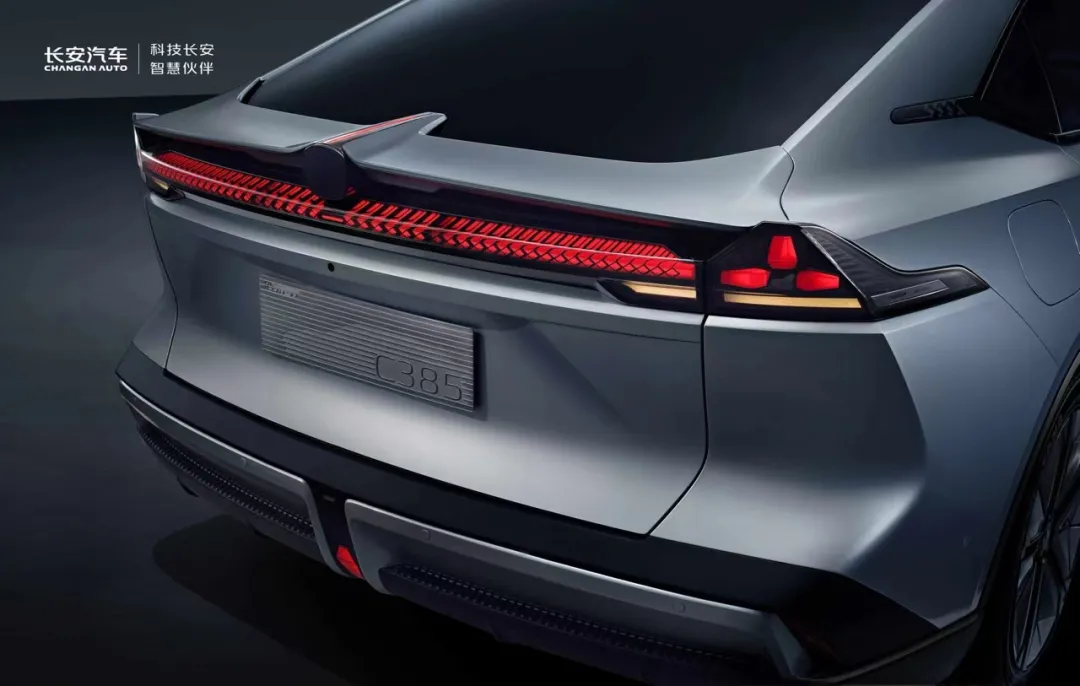
In addition, Changan has established the “E0” project, a team of a thousand people, to solve the problems of large-scale mobile intelligence and computing terminals, new energy storage units, third-generation intelligent mobile spaces, and data collection carriers. The digital twin development open platform and the brand new SDA platform architecture are both excellent demonstrations of Changan’s “walking on multiple legs” strategy.
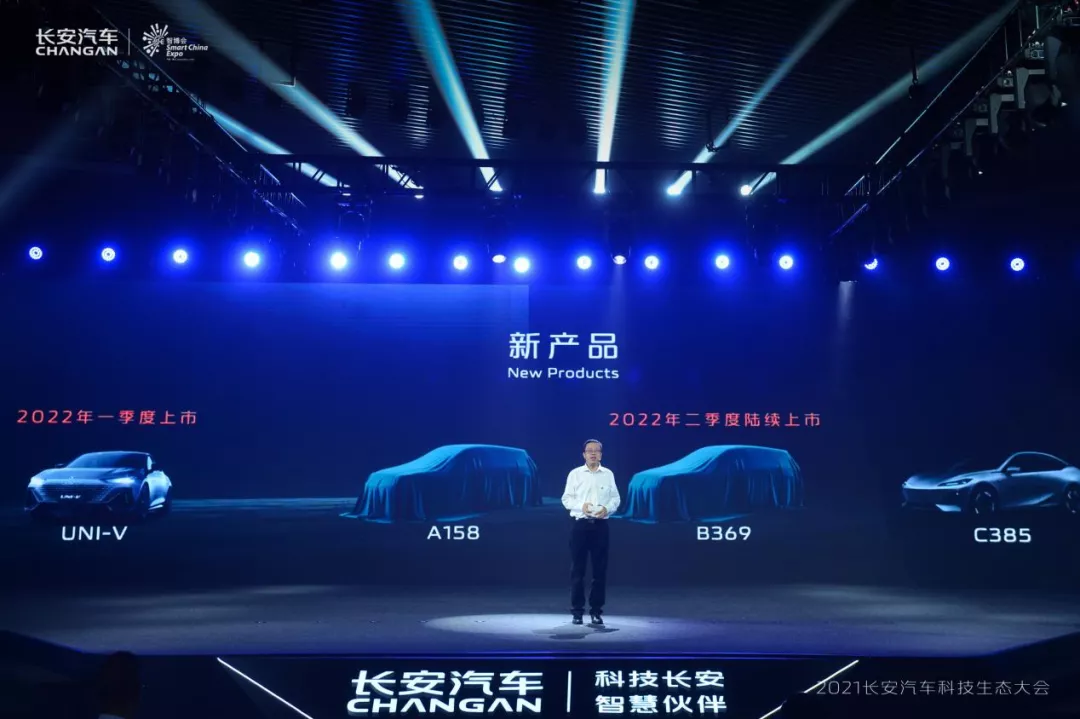
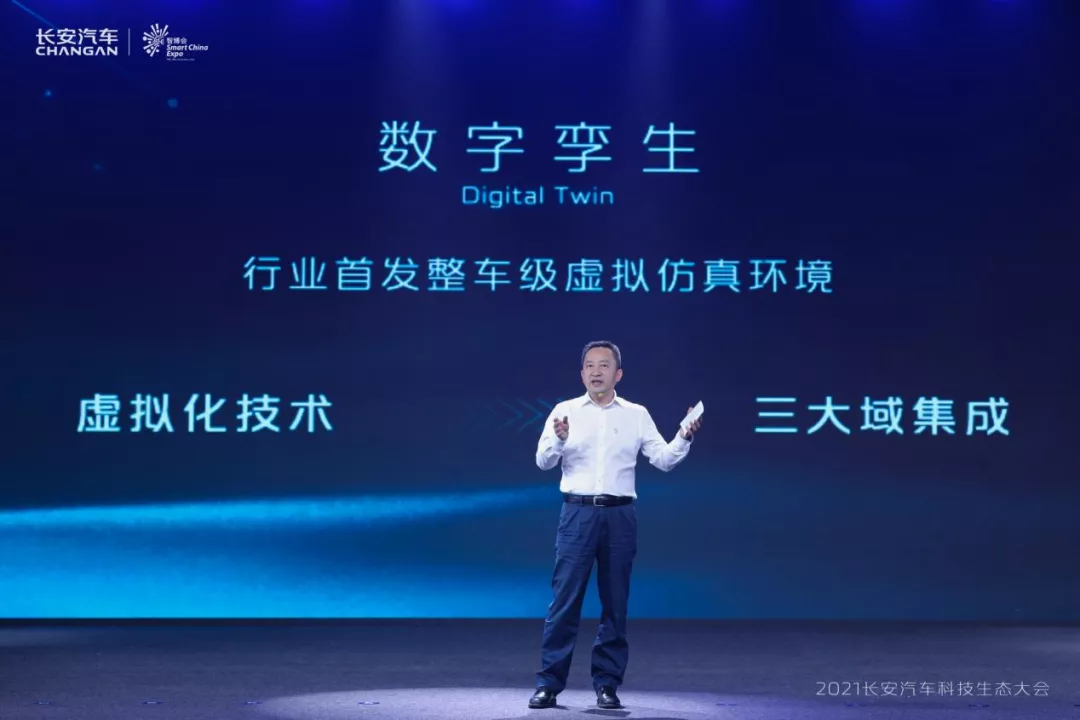 The preceding is a great example of BAIC’s Jingtu in-depth cooperation with Huawei. With Huawei’s Inside mode, Jingtu has successfully gained more attention in the high-end intelligent automobile market.
The preceding is a great example of BAIC’s Jingtu in-depth cooperation with Huawei. With Huawei’s Inside mode, Jingtu has successfully gained more attention in the high-end intelligent automobile market.
As early as 2018, Huawei clearly stated that it would “not make cars, only help carmakers make better cars.” However, Jingtu and Seres have indeed achieved good improvements in product strength and intelligence degree with the help of Huawei’s empowerment.
However, Seres’ sales volume and Jingtu αS’s market attention are still insignificant compared to new forces. The first reason is that customer recognition of the two brands at the C-end is low, and the second reason is that Huawei HI’s empowerment has increased the overall vehicle cost, and its market acceptance is not enough.
For Huawei, partners are not limited to Seres and Jingtu. Huawei’s goal is to enable more brands to realize Huawei HI in their products and let more people feel that Huawei can not only help carmakers “make good” cars, but also help carmakers make “good cars.”
Changan urgently needs Huawei’s technological support. If Huawei can achieve a name for itself in Changan with its full-stack smart automobile solutions and leverage Changan’s relatively complete system in the era of fuel vehicles, then Huawei’s car-making will achieve greater recognition and cooperation in the industry.
Conclusion
Although E11 is currently in the stage of vehicle testing, it appeared as a “semi-covered face” during its first public appearance. However, the current hype and gimmicks created are enough for Changan to promote its products. In the field of intelligent automobiles, choosing to take multiple low-cost paths and quickly implement intelligent technology while “preserving” its soul is the best option for Changan Automobile.
This article is a translation by ChatGPT of a Chinese report from 42HOW. If you have any questions about it, please email bd@42how.com.
